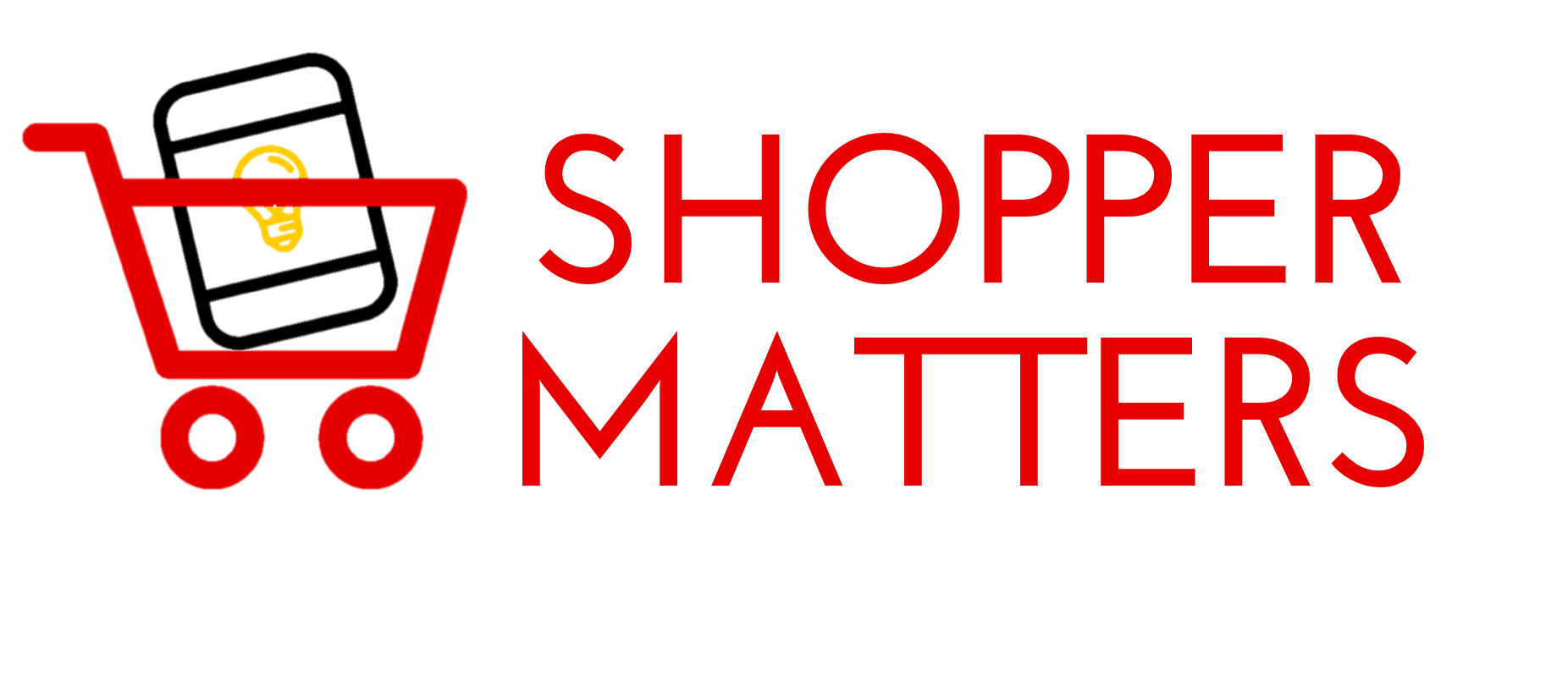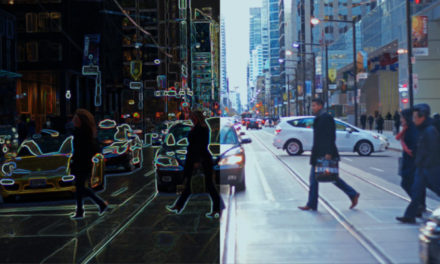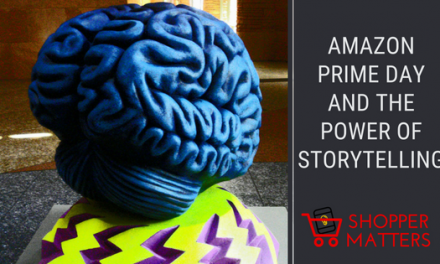It is your selling moment. The consumer gives you 3–5 seconds (at most) to turn him or her from a shopper to a buyer. Don’t blow it! After thousands of creative evaluations, we’ve identified the five most common mistakes brand marketers make.
Mistake #1: Saying too much
Marketers are tempted to include every benefit, feature, claim, and offer to ensure they don’t miss a chance to close. However, the opposite occurs. We consistently find that cluttered, text-heavy, unfocused messaging does not engage a shopper nor drive sales. The key is to tell a simple story without being too simplistic. Leverage your shopper insights to select the right messages to drive awareness and closure. Leave the rest out. Consider these questions before you go to market:
- Is the ad message simple and the benefit clear?
- Is there a hierarchy of communication?
- Does it remove any doubt in the shopper’s mind?
Check out the following example to see how visual simplicity improved the likelihood to drive purchase.
100 shoppers were asked, “Which display would make you purchase?”
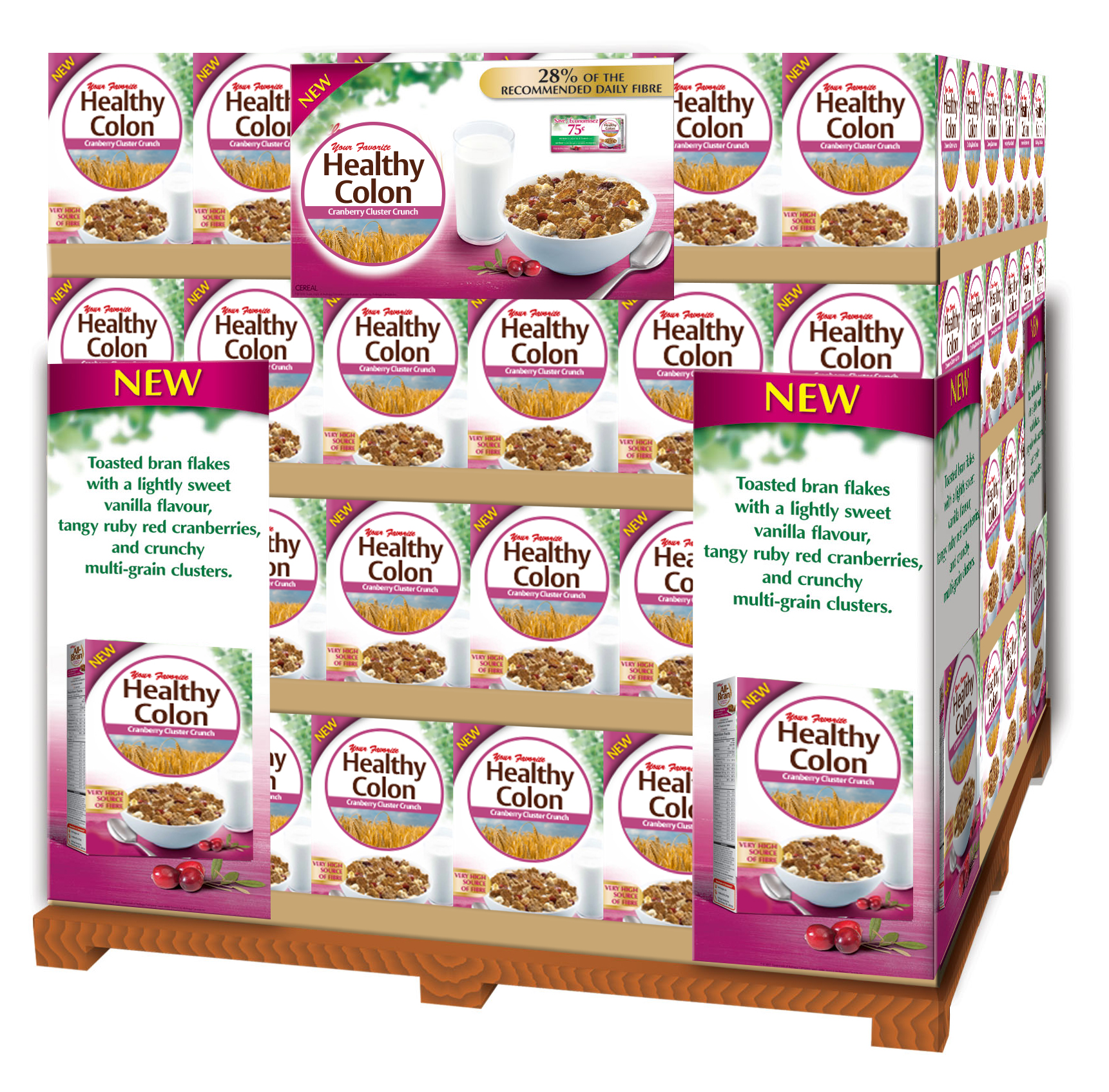
- Shopper Preference 10%
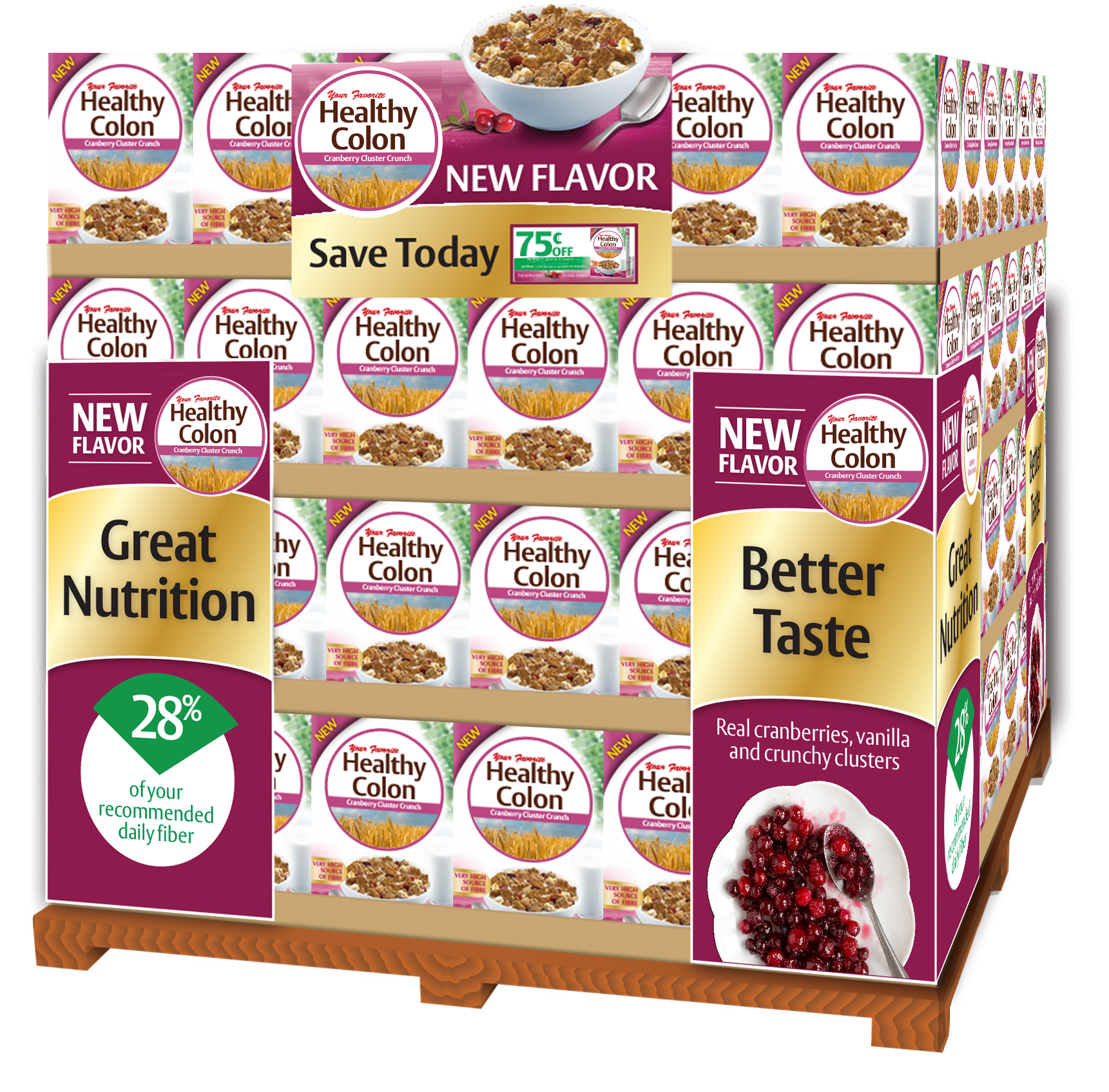
- Shopper Preference 90%
MISTAKE #2: HIDING IN PLAIN SIGHT
Marketers tend to forget the importance of context when they evaluate displays without picturing them in the shopping environment. This leads to inappropriate messaging for that particular retail space or a display literally hiding in plain sight—so make sure to account for the environment. To attract peripheral vision in-store and online, choose from a variety of tools: color, shape, motion, and placement to help shopper communication command attention. For example, the below meal solution end cap made shoppers 97% more likely to shop the display once the benefit became apparent.
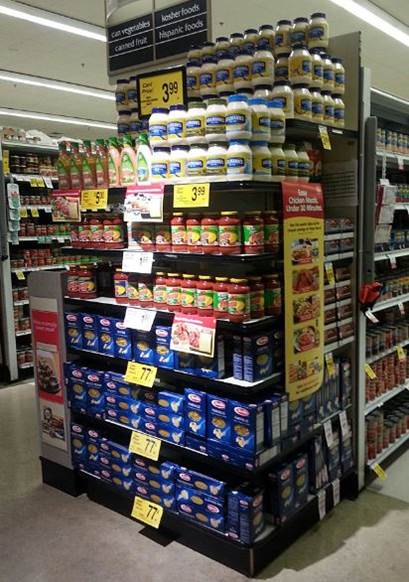
- Shopper Preference 3%
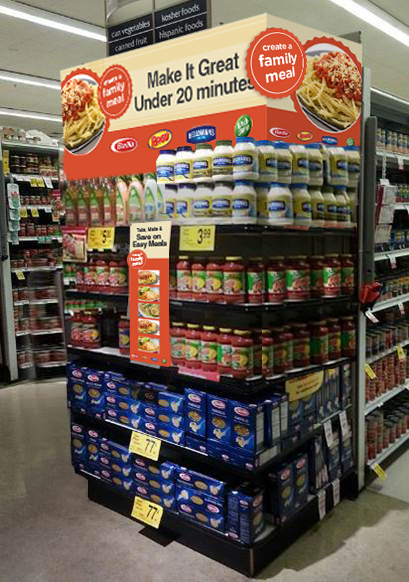
- Shopper Preference 97%
MISTAKE #3: SACRIFICING CLARITY FOR CLEVERNESS
It is always best if the retail ad connects with the shopper in an emotional or clever way, as long as the connection supports and does not impede a clear selling proposition. We find that marketing teams sometimes forget that shoppers have not been passengers on the creative journey.
Marketing campaigns provide the repetition necessary for shoppers to recognize the brand and benefit. But, the selling moment requires clarity, simplicity, and an unwavering commitment to close the sale.
Before launching your ad, assess its clarity: Does my ad tell a concise, compelling story in the context of the shopping environment and category? Will first-time viewers understand it in the first three seconds?
MISTAKE #4: SELLING FEATURES, NOT BENEFITS TO DRIVE CLOSURE
In an effort to differentiate a product from the competition marketers may want to focus on their new additive, attribute, or sell line. Consumers buy benefits, not features. And benefits drive closure. If you don’t demonstrate what’s in it for the shopper and help overcome a purchase barrier, you won’t establish value, and the opportunity to drive closure is lost.
BENEFIT:
A happy dog and owner.


FEATURE:
New ingredients in food.
MISTAKE #5: LACKING TRUE SHOPPER INSIGHTS
You can’t effectively drive conversion without understanding the needs and behaviors of your shopper. This shows up in vague communication objectives resulting in poor messaging. Assess your insights:
- Do you know the key purchase barriers overcome?
- Do you know the shopper’s journey to purchase?
- Do you know retailer specific insights that impact the message?
Below is an example of both a weak and strong communication objective instructed by strong shopper insight.
Weak OBJECTIVE
“Drive click through rate and ask shoppers to download coupons.”
STRONG OBJECTIVE
“Invite shppers to learn more about exclusive products and money saving solutions designed to make holiday entertaining easier”
Hopefully, this checklist (based on thousands of creative evaluations by SellCheck) will help Shopper Marketing practitioners better pre-qualify their marketing and ensure effectiveness in driving sales and enhancing their brands.
